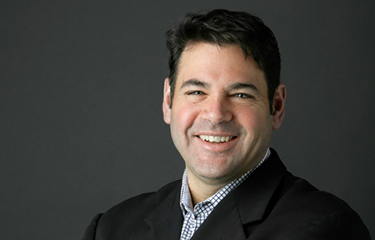Seattle Fish releasing tool to identify products with lower carbon footprint

Denver, Colorado U.S.A.-based Seattle Fish Company has revealed the company’s carbon emissions in its latest impact report, a first that it said will help it set reduction targets moving forward.
All told, the company said it estimates its carbon intensity at 4.1 pounds of CO2 per pound of product sold.
“Our annual Impact Report is a way to reflect on progress made, track goals achieved, identify how we can make the biggest difference in our carbon footprint in the year to come, and ultimately inspire others to do the same,” Seattle Fish CEO Derek Figueroa said in a release. “We’re devoted to sustainable, big-picture best practices – from responsible sourcing to 24/7 handling to reducing waste and energy use at every opportunity, and striving to educate and inform our employees, our customers, and the public on why we do what we do.”
The majority of the emissions were created by the catching and farming of its products and the emissions from transporting its products to its Denver headquarters. Its outbound freight, internal operations, and “other” operations amount to just 8 percent of its carbon emissions, while inbound freight makes up 39 percent and farming/catching of product accounts for 53 percent.
Most of the company’s emissions are made by what it refers to as “Scope 3” sources, or sources that use energy to support the business but are not “used by us directly,” the company said.
“This report made our biggest opportunities for progress clear,” Seattle Fish Chief Sustainability and Development Officer Hamish Walker said. “While efficiency or our internal operations will always be a focus, by far the largest parts of our carbon footprint are from the catching or farming of fish, and the freight to get it to us. By improving efficiency and reducing emissions in these areas, and providing information to our customers to help them make lower carbon choices, I feel confident we can make a real difference in the years to come.”
Internally, the company has reduced its electricity usage per pound of production by 39 percent, its water usage per pound of production by 30 percent, and its trash sent to a landfill per pound of production by 73 percent between 2015 and 2022.
“Efficiency of our internal operations is clearly important and we will continue our efforts on this,” the company said. “Our biggest area of opportunity for reduction however is on inbound freight.”
A significant portion of the company’s carbon footprint, it said, comes from importing salmon from Chile, Scotland, and Norway via air freight – part of why the company said it will continue to advocate for more North American aquaculture to reduce reliance on imported seafood.
The company also said that now it has data on where most of its carbon emissions are coming from it is planning to develop a tool that will show customers which products have higher or lower carbon footprints as it targets opportunities to reduce its emissions. Seattle Fish has already created an “Eco Score” program which the company touts to make it the first seafood distributor in the industry to offer a completely free program and tool that allows customers to see the specific metrics of products the company offers.
Starting in 2019, the Eco Score considers certifications, accreditations, fishery improvement projects, rating programs, and more and compares them with Seattle Fish’s “own internal benchmarking standards” to give a score to each product the company sources and sells.
In its 2022 Impact Report, the company also made six sustainability commitments:
- Fully assess the sustainability of products it procures and share all data transparently with customers, in addition to partnering with industry “thought leaders and seafood champions” to further the reach of the program.
- Shift procurement of products to more sustainable and environmentally friendly sources and eliminate products that are “critically unsustainable.”
- Foster the improvement of fisheries by actively supporting fishery improvement projects and aquaculture improvement projects.
- Fully implement the Global Dialogue on Seafood Traceability guidelines by 2030 via a partnership with Sea Pact.
- Create workshops and events for employees to educate on issues and opportunities regarding sustainability.
- Work collaboratively and transparently with stakeholders on upholding human rights.
On the last commitment, the company said it has identified the highest-risk categories for human rights abuses as frozen tuna and frozen squid, and it said it has engaged its vendors to evaluate and minimize risks throughout supply chains.
Photo courtesy of Seattle Fish Company






Share